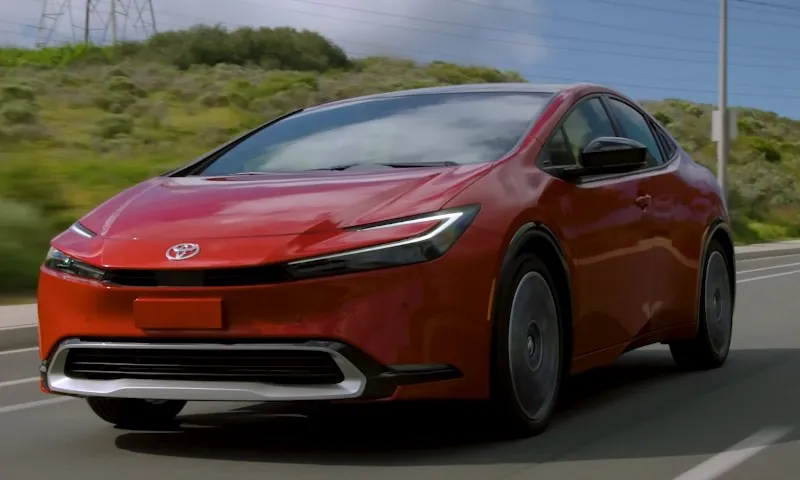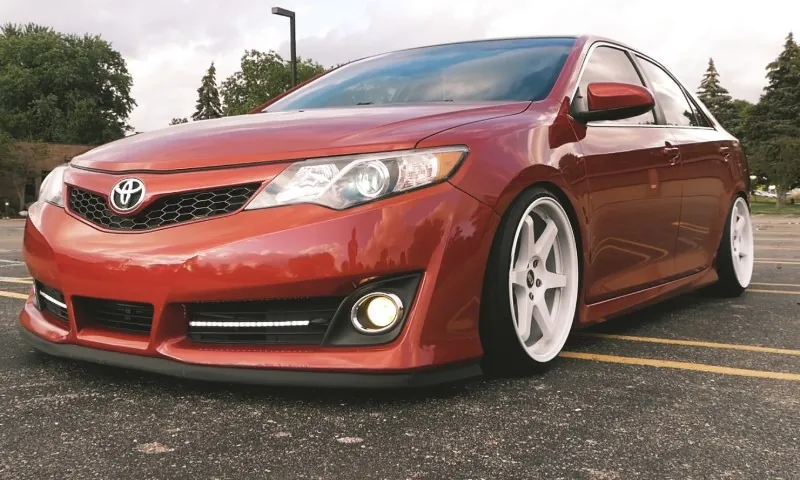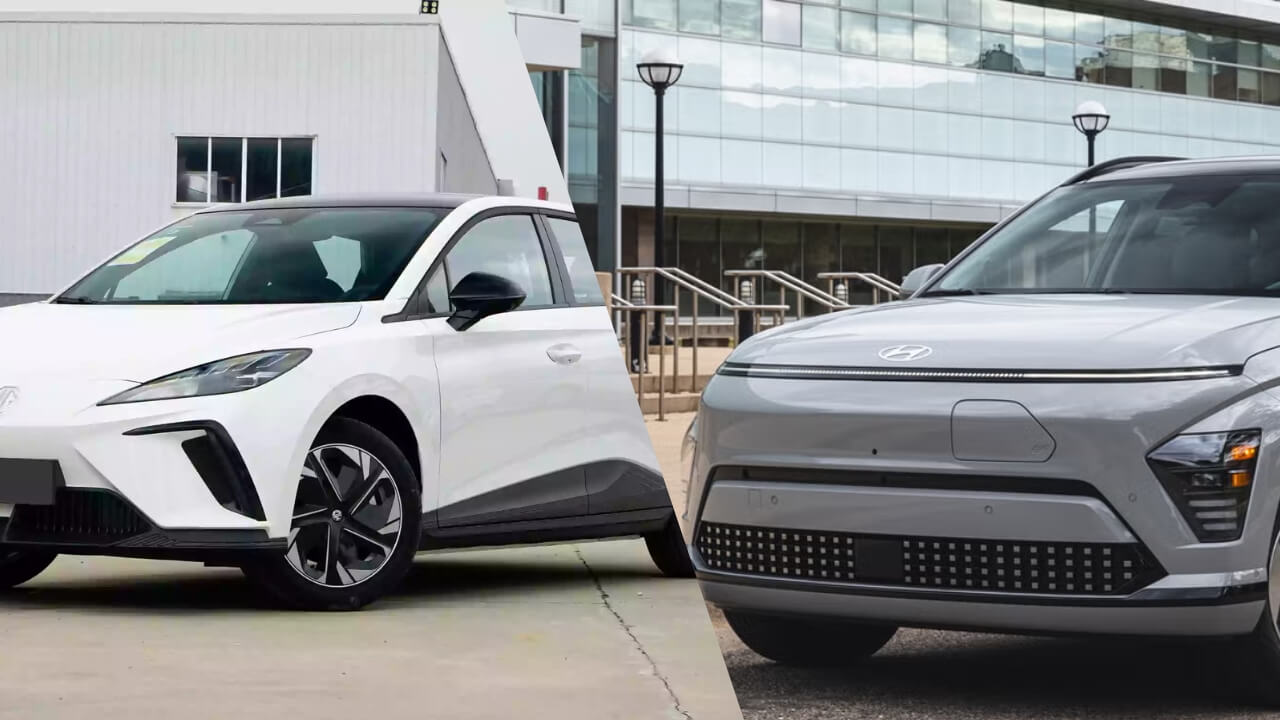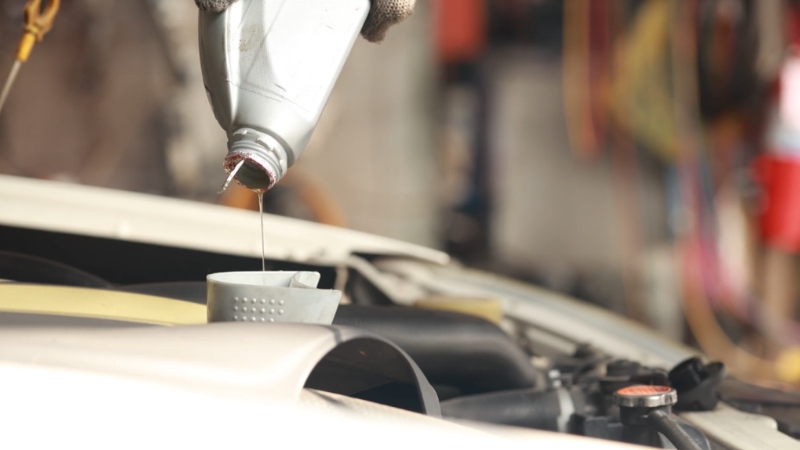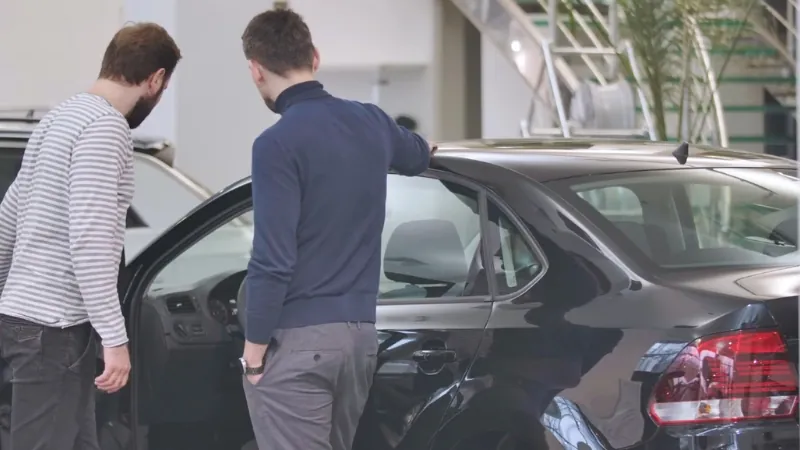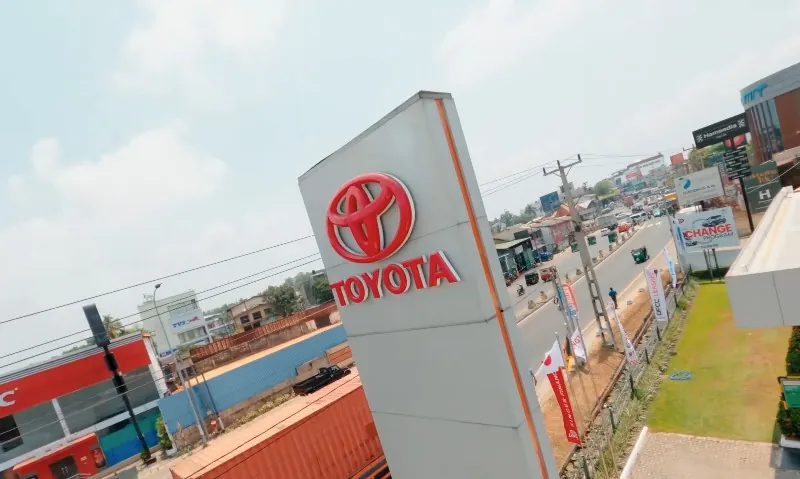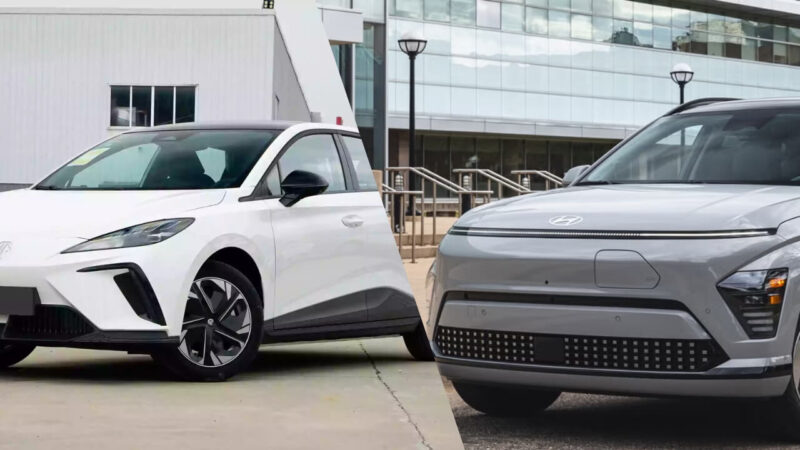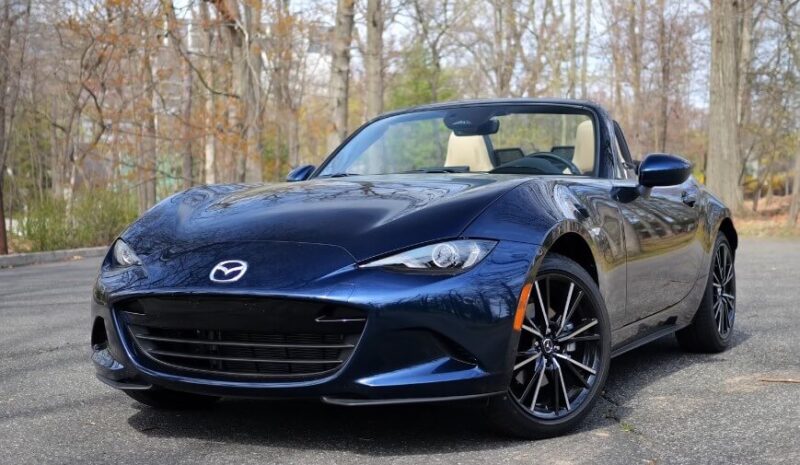
Share Post:
In an era where performance often meant excess, Mazda quietly pulled back the curtain at the 1989 Chicago Auto Show and revealed something different. No turbos. No towering horsepower figures. No luxury gimmicks. Just a lightweight, open-top roadster that sparked a global love affair.
The car was the Mazda MX‑5 Miata. By the end of its first year, it had sold over 100,000 units.
Today, more than 1 million Miatas later, the original NA generation is stepping into the spotlight not just as a beloved driver’s car, but as a modern classic with rising value and serious cultural clout.
Born to Revive the Roadster
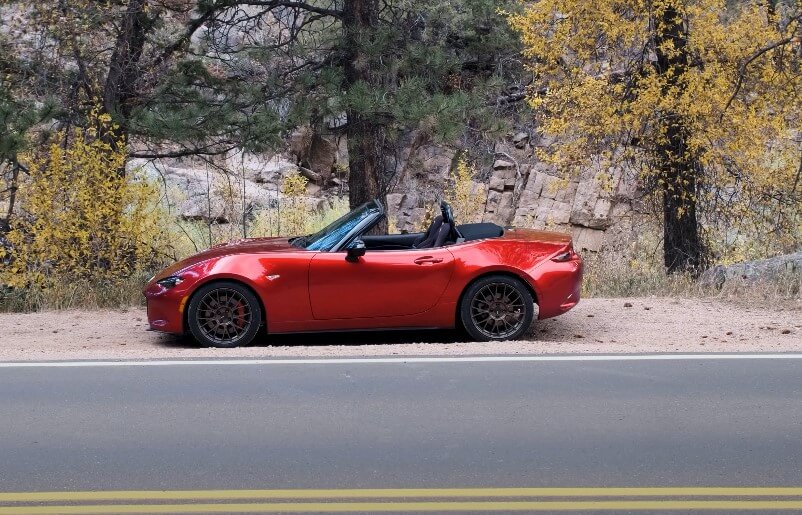
The Miata didn’t happen by accident. In the mid-1980s, Mazda engineers had a goal: build something that captured the spirit of post-war British roadsters without the constant breakdowns and questionable electrics. Think MG B or Lotus Elan, but one that could actually start on a cold morning.
Enter engineer Tatsuo Takahashi and the design team at Mazda’s California studio. They gave it a front-engine, rear-wheel-drive layout and built it with balance and simplicity in mind. The result? The NA Miata, officially unveiled on February 10, 1989.
Its 1.6-liter DOHC inline-four made 116 horsepower. Modest? Sure. But pair that with a curb weight of just 2,115 pounds, a five-speed manual, and a double-wishbone suspension at all four corners, and you had something that could dance through corners with a grace most cars couldn’t match at any price.
Why It Worked So Well
Part of the Miata’s magic lies in the Japanese concept of “Jinba ittai” – the connection between horse and rider. In Miata terms, it meant a car that responds to the driver’s every input as if reading their mind.
Everything was built to heighten that sense of unity:
- Perfect 50/50 weight distribution
- Compact dimensions (just over 155 inches long)
- Steel body with minimal overhang
- Manual soft top that folds down with one hand
The result was a car that handled like a go-kart but felt mature enough for the daily commute. The double-wishbone suspension gave it serious agility. The pop-up headlights gave it personality.
Driving It Felt Like Joy on Four Wheels
Ask anyone who’s ever driven a stock NA Miata: it’s not fast in a straight line, but it’s alive. The engine loves to rev, and the 7,000 rpm redline is there waiting for you to play. The gear shifter moves like a bolt-action rifle: clean, precise, and addictive.
The steering is unassisted in early models, which means you feel everything the front tires are doing. It’s raw in a good way. There’s a transparency to the handling that you don’t often find anymore.
Drop the top, shift into second, and let the engine sing; suddenly, even a grocery run feels like a mini adventure.
Optional upgrades like the limited-slip differential made the car even more capable in corners.
And while the braking system was basic: four-wheel discs with no fancy electronics, the pedal feel was excellent and perfectly matched to the car’s weight.
How It Grew Over the Years
While the NA laid the groundwork, Mazda didn’t rest. Each new generation brought refinement, safety, and more power, but always stayed true to the Miata’s core DNA. Here’s how the car evolved:
| Generation | Years | Notable Features | Engine | Horsepower |
|---|---|---|---|---|
| NA | 1990–1997 | Pop-up headlights, lightweight charm | 1.6L/1.8L I4 | 116–133 |
| NB | 1998–2005 | Fixed headlights, 1.8L standard | 1.8L I4 | 140 |
| NC | 2006–2015 | Retractable hardtop (RF), larger body | 2.0L I4 | 155–167 |
| ND | 2016–2025 | Compact again, most powerful engine yet | 2.0L I4 | 181 |
- The NB brought more creature comforts and a bit more power.
- The NC was bigger, heavier, and featured the first power retractable hardtop – a hit with buyers, if not purists.
- The ND, launched in 2016, returned to compact dimensions with sharper styling, better tech, and the most powerful engine yet.
The 2025 ND includes a special 35th Anniversary Edition, featuring Mazda’s Artisan Red paint, a manual gearbox, and badging that pays tribute to the original.
Climbing the Collectibility Ladder
As the NA turns the corner past 30 years old, it’s seeing a steady rise in value. It’s now eligible for classic car plates in many places, and prices for clean, low-mileage examples are reflecting that. Some things to know:
- Well-kept NA Miatas can fetch between $10,000–$20,000
- Limited editions like the 1990 10th Anniversary Edition are even more desirable
- Pristine or modded versions have sold for well over $50,000 (like a modified 2016 that hit nearly $100k at auction)
You might also consider investing $2,000–$3,000 strategically in restoration-grade cars to further boost value.
In 2019, Mazda took an unusual step for a manufacturer: they started reproducing original NA parts, including Enkei wheels and other essentials. That’s a clear sign they know what they’ve built.
Sites like ClassicCars.com and Autotrader often list excellent examples. Look for those with service records, original paint, and unmodified suspension for the best investment potential.
The Miata Community Is Something Else
Few cars enjoy a fanbase as passionate as the Miata. You’ll find regional clubs across the U.S., Europe, Japan, and Australia. They hold everything from weekend canyon drives to full-on track events.
A few things worth mentioning:
- Miata Owners Club and MX-5 Club of America are active with thousands of members
- Online communities like r/Miata and net are goldmines for maintenance tips, performance tweaks, and hilarious Miata memes
- The Spec Miata racing series, run by the SCCA, is one of the most accessible and competitive grassroots motorsports in the world
Industry Influence and Pop Culture Presence
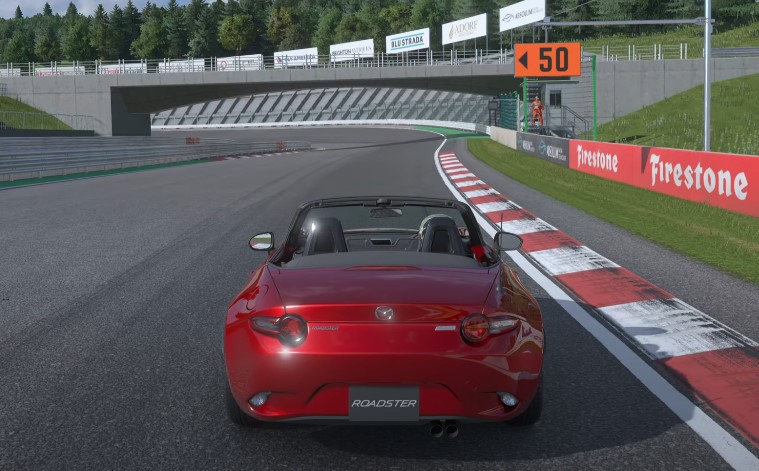
The Miata wasn’t just a sales success. It reshaped the segment.
Before its arrival, roadsters were mostly forgotten or outrageously expensive. After the Miata, automakers took notice. Cars like the Honda S2000, Toyota MR2 Spyder, and Pontiac Solstice owe a lot to the MX-5’s comeback story.
Beyond the showroom, it carved out space in pop culture:
- Iron Man – Tony Stark drives one in the comics
- Gran Turismo & Forza – Frequently featured and praised for handling
- TV, magazines, internet – The car is a constant subject of praise from journalists, influencers, and gearheads alike
Mazda also racked up hardware. The Miata has been repeatedly named a top pick in Car and Driver’s “10 Best,” and in 2007, it made Forbes’ list of top 10 design classics. Not bad for a car originally sold for $14,000.
What to Know Before Buying One
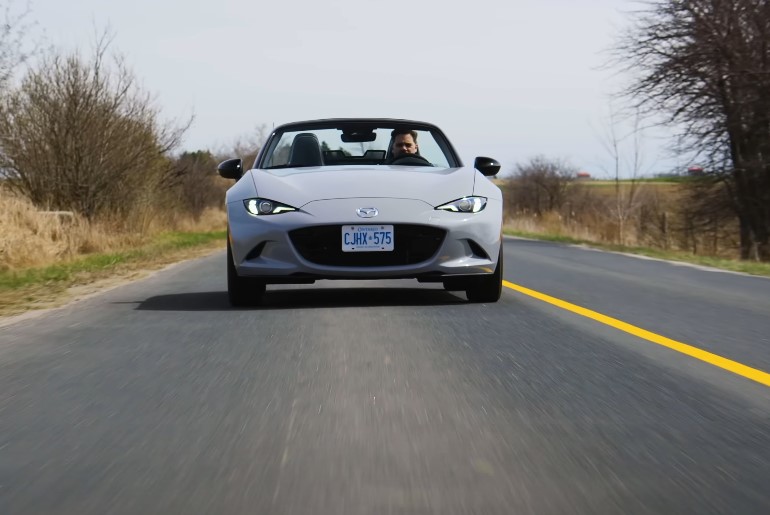
If you’re hunting for an NA Miata, or even thinking about dipping into the NB or NC generations, keep a few things in mind:
Common Issues
- Crankshaft keyway wear (on early 1.6L engines), known as the “short nose crank” issue
- Leaky soft tops, especially if original
- Rust – check the rocker panels, wheel wells, and floor pans
- Suspension bushings – they age with time, but are inexpensive to replace
What Makes a Great Buy
- Low miles and original paint
- Service records with timing belt/water pump replacements
- Minimal aftermarket mods
- Clean underbody (avoid heavy winter use if possible)
Mazda’s parts support helps, and the aftermarket is massive. You can restore one or build your own weekend track monster for surprisingly little money.
Why It Still Matters in 2025
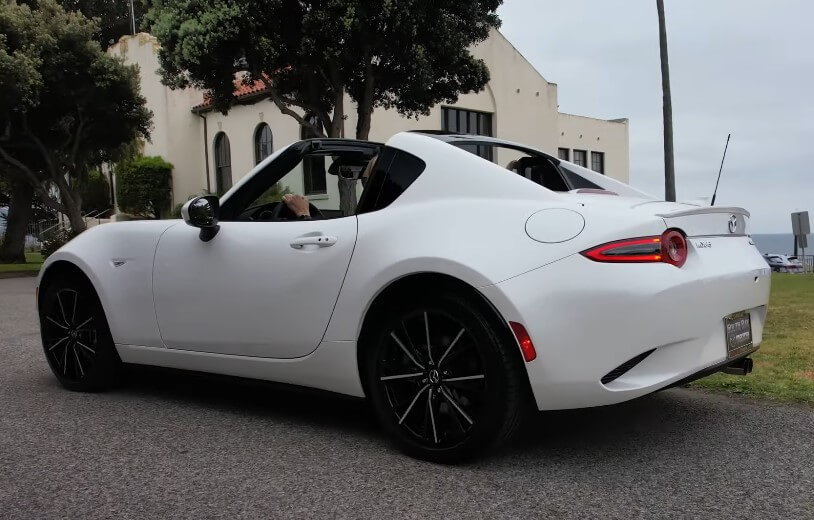
In a world where even compact cars weigh over 3,000 pounds and EVs deliver silent thrust without soul, the Miata stands as a reminder that lightweight and engaging still works.
The ND’s 181 hp might not sound like much on paper, but it’s perfectly matched to the car. The steering still talks to you. The shifter is still brilliant. The weight is still low. And the price? Still relatively attainable.
It’s hard to think of any other sports car that’s lasted across four decades while staying true to its mission.
Final Thoughts
The Mazda MX‑5 Miata isn’t just aging well. It’s earning its stripes as a classic. From its 1990s roots to the 2025 anniversary edition, it’s kept the flame alive for those who believe driving should be fun, not filtered. The NA is now collectible, the NB and NC are rising, and the ND is still being refined with love.
It’s not about horsepower numbers or badge prestige. It’s about a connection: from steering wheel to tire, from gear lever to road, from heart to smile.
For those who’ve driven one, the Miata is more than a car. It’s a memory machine. And in 2025, it’s one of the few vehicles that still knows exactly what it is.



